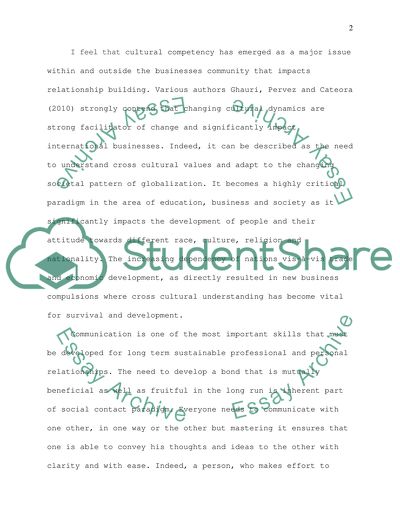Cite this document
(“Cross-Cultural Awareness Research Project Diary Method Essay”, n.d.)
Retrieved from https://studentshare.org/environmental-studies/1405241-cross-cultural-awareness-research-project-diary-method
Retrieved from https://studentshare.org/environmental-studies/1405241-cross-cultural-awareness-research-project-diary-method
(Cross-Cultural Awareness Research Project Diary Method Essay)
https://studentshare.org/environmental-studies/1405241-cross-cultural-awareness-research-project-diary-method.
https://studentshare.org/environmental-studies/1405241-cross-cultural-awareness-research-project-diary-method.
“Cross-Cultural Awareness Research Project Diary Method Essay”, n.d. https://studentshare.org/environmental-studies/1405241-cross-cultural-awareness-research-project-diary-method.


